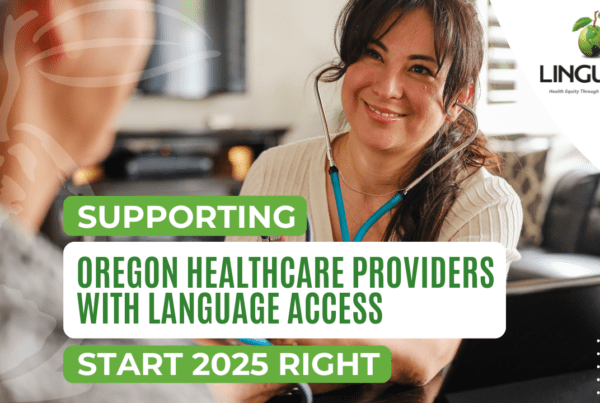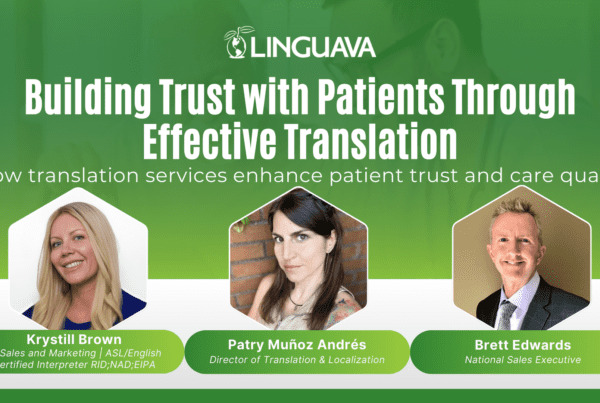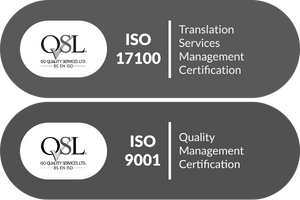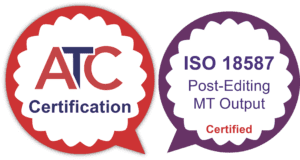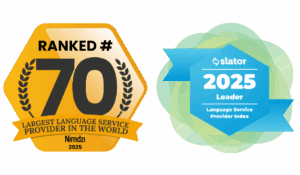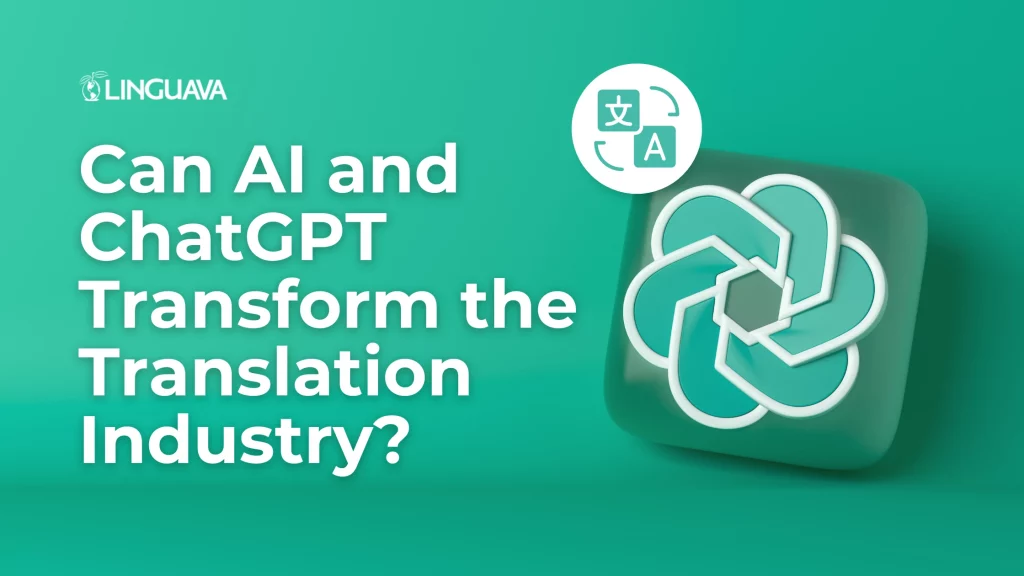
As the world continues to advance and technology improves, there’s no denying that artificial intelligence is changing the way we do things. From self-driving cars to virtual assistants, AI is making life easier and more efficient. But when it comes to the translation and interpretation industry, are AI and ChatGPT capable of fully replacing professional human interpreters and translators? The answer is a resounding “No”.
The importance of accurate and efficient language translation cannot be overstated. Whether it’s for medical, business, or education the ability to communicate effectively across cultures and languages is crucial. The translation industry has come a long way since the days of manual translation, and technology has played a significant role in this evolution. With the introduction of AI technology, the translation industry has taken a big step forward in improving the speed, accuracy, and cost-effectiveness of language translation.
The translation industry has seen significant advancements in technology in recent years, particularly with the integration of AI and machine learning. One of the latest breakthroughs in this field is the development of ChatGPT, an advanced language model developed by OpenAI. In this article, we will be exploring the impact of ChatGPT on the translation industry and its potential to shape the future of language translation.
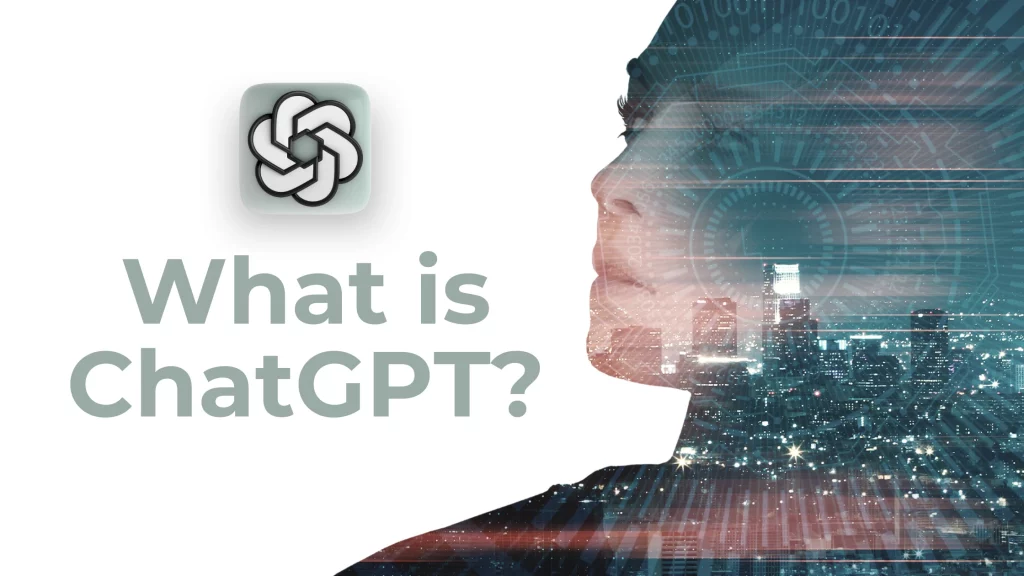
What is ChatGPT?
ChatGPT is a large language model developed by OpenAI that is capable of performing various language tasks such as text generation, translation, and summarization. It is based on the transformer architecture and has been trained on a massive amount of data, allowing it to generate human-like text. ChatGPT uses natural language processing (NLP) and machine learning algorithms to process and analyze language data, making it one of the most advanced language models currently available.
Impact of ChatGPT on the Translation Industry
The integration of ChatGPT into the translation industry has the potential to revolutionize the way we translate languages, offering several advantages over traditional methods of translation.
-
- Increased Efficiency and Speed
ChatGPT is able to process large amounts of text quickly and accurately, reducing the time required for manual translation. This increased speed can result in more projects being completed in a shorter time frame and can help meet tight deadlines.
- Increased Efficiency and Speed
-
- Improved Accuracy
ChatGPT uses advanced algorithms and machine learning techniques to analyze and translate text, which can result in higher levels of accuracy compared to manual translation. This can be particularly useful in technical or specialized areas where a high level of accuracy is critical.
- Improved Accuracy
-
- Cost Savings
ChatGPT can automate many of the manual processes involved in translation, reducing the need for human labor. This can lead to significant cost savings for companies and organizations who rely on language translation services.
- Cost Savings
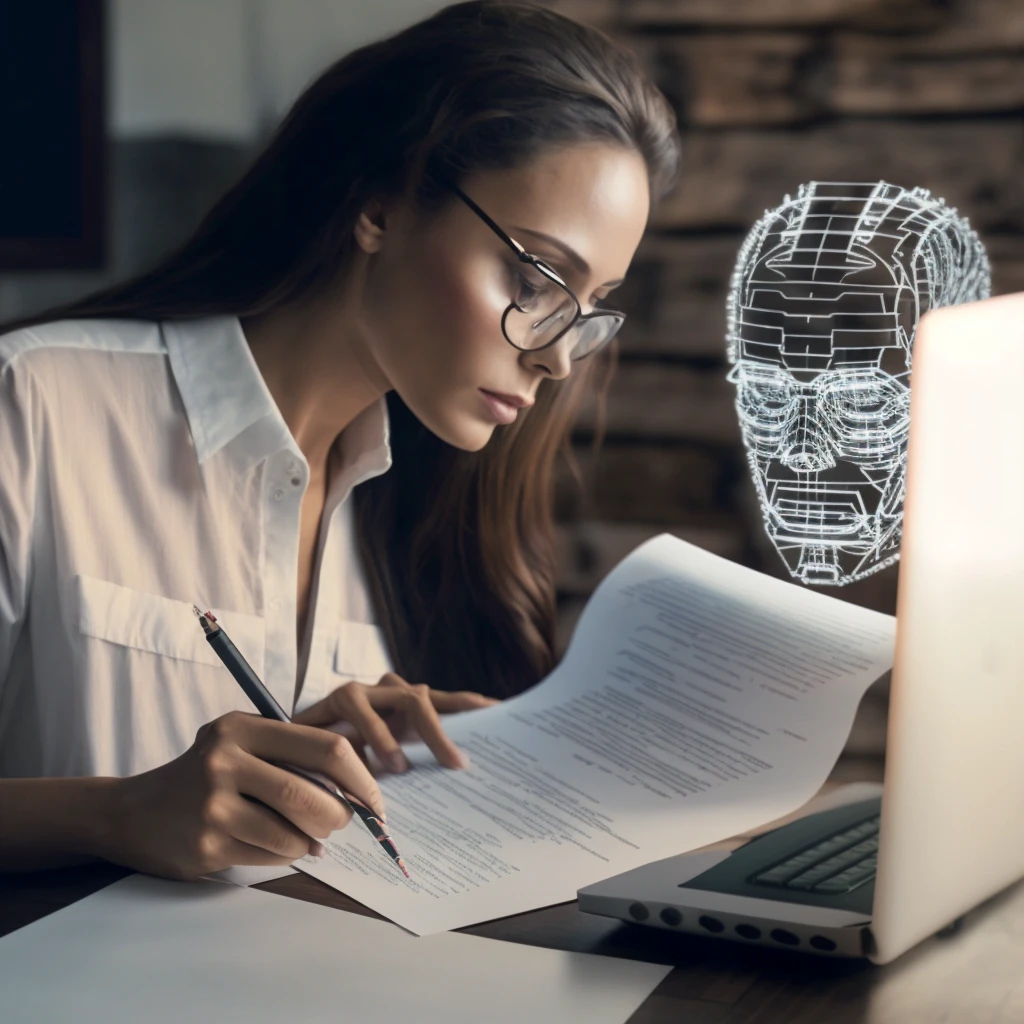
Challenges of Implementing ChatGPT in the Translation Industry
While ChatGPT has the potential to greatly improve the translation industry, there are also some challenges that need to be addressed in order to make it a viable option.
-
- Integration with Existing Systems
ChatGPT needs to be integrated with existing systems and processes, which can be a complex and time-consuming process.
- Integration with Existing Systems
-
- Training and Retraining of the Model
ChatGPT needs to be trained on specific languages and subject areas in order to provide accurate translations. This requires time and resources, and the model may need to be retrained periodically as new data and language patterns become available.
- Training and Retraining of the Model
-
- Maintenance and Updating of the Model
ChatGPT is a complex system that requires ongoing maintenance and updating to ensure that it remains up-to-date and accurate.
- Maintenance and Updating of the Model

Future of the Translation Industry with ChatGPT
The integration of AI and ChatGPT has the potential to transform the medical translation industry. AI can help automate many manual processes and increase efficiency in medical translation. It can also provide real-time translations for patients and healthcare professionals, improving communication and patient care.

ChatGPT’s advanced language processing and machine learning capabilities can also help improve the accuracy of medical translations. By analyzing large amounts of medical data and terminology, ChatGPT can provide more precise translations for medical documents and patient care.
However, AI and ChatGPT should not replace the expertise of professional human translators in the medical field. Professional medical translators play a crucial role in ensuring accurate and precise communication in healthcare settings. They can understand the context of the medical terminology and translate it in a way that is culturally and linguistically appropriate for the patient and healthcare professionals.
Linguava’s team of expert interpreters and translators have years of experience and expertise in a wide range of industries and languages, and are ready to help you overcome language barriers. Contact Linguava today to learn more about our interpretation and translation services!
At Linguava, we are here to support you as your partner in language access. We are both ISO 9001 and 17100 certified. As a leading provider of language services for the healthcare industry, we offer a wide range of services to help medical practices meet CMS guidelines for language access, including Translation and Localization , Scheduled Video Interpretation, Video Remote Interpretation, Over the Phone Interpretation, and American Sign Language Interpretation.
If you have a file ready to translate, get your file analysis and free quote here.



